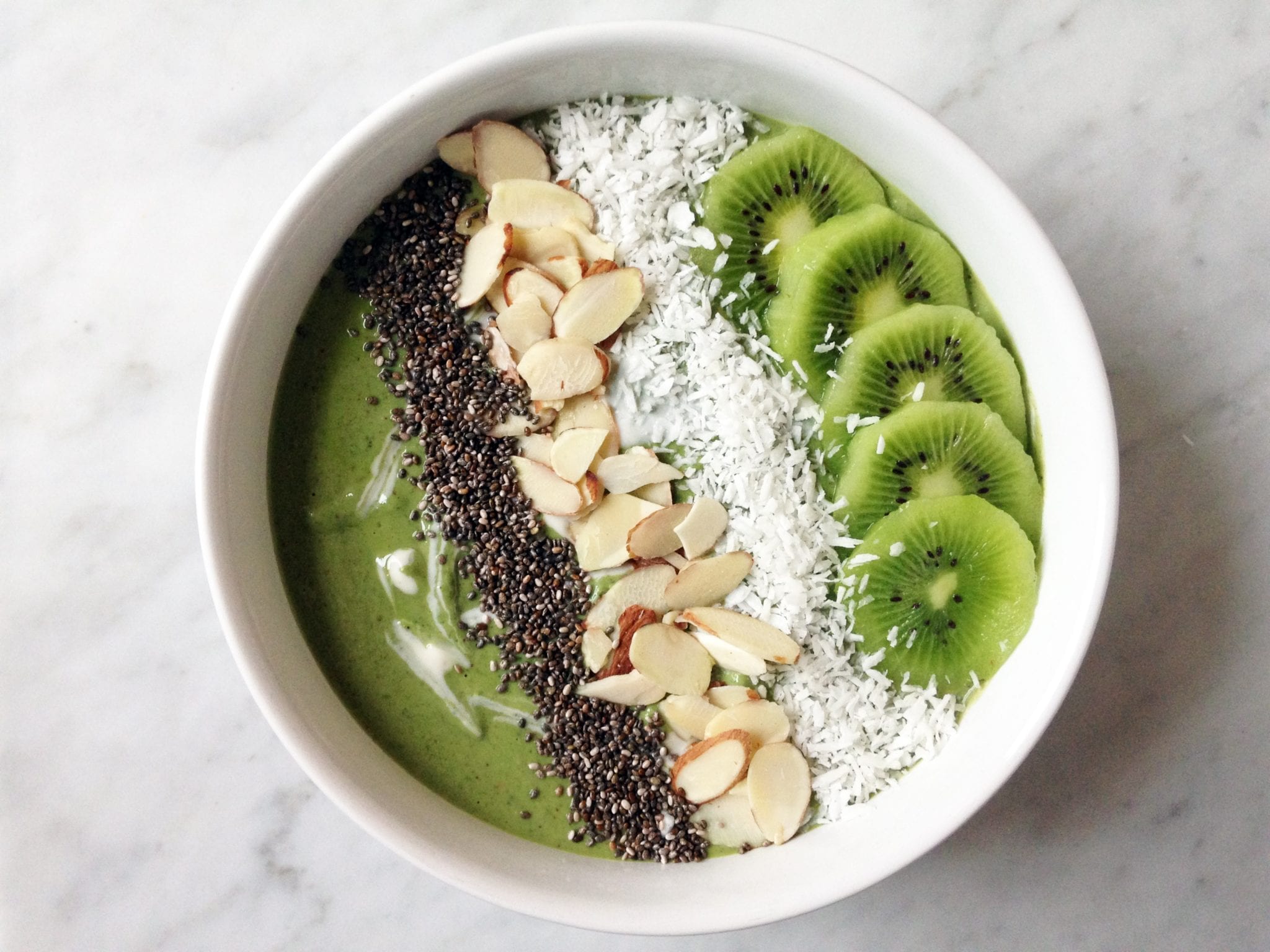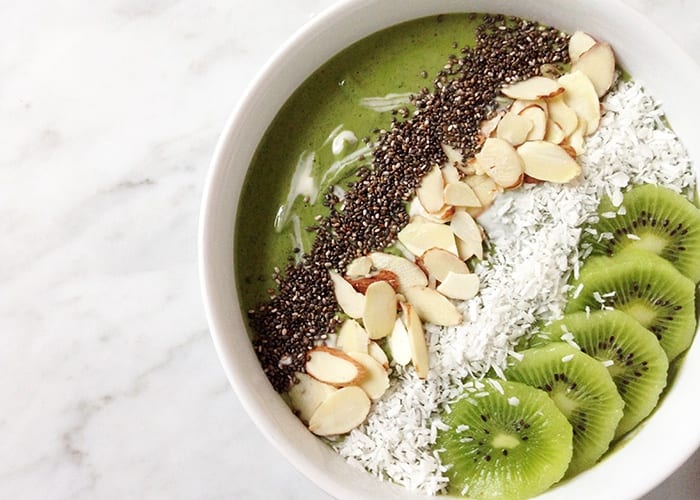Clean 21: 21 Day Detox
Our Signature 21-Day Full-Body Reset
Questions? Ask about this product
Free Shipping On Orders Over $50
Complementary products


We all know we’re supposed to watch our sugar intake. Eating too much sugar (especially refined sugars) can lead to some serious health problems like insulin resistance, type 2 diabetes, Alzheimer’s, and obesity. It’s also very addictive and can damage our gut health by promoting the growth of unhealthy bacteria.
Probiotics help replenish intestinal flora and restore balance to the gut. They can help tip the scale back towards good bacteria and away from bad bacteria, fungus and yeast, reducing sugar cravings. It’s also important to make sure you have some enjoyable recipes like this low-sugar smoothie bowl.
GLUCOSE AND FRUCTOSE: WHAT’S THE DIFFERENCE?
When we eat sugar, it’s broken down into glucose and fructose. Glucose is the body’s preferred energy source. Our bodies process most carbohydrates, including pasta, whole grain bread, legumes, and vegetables into glucose, which is either used immediately for energy or stored in the liver as glycogen for later use.
Fructose, on the other hand, has no physiological purpose in the body. It’s naturally found in fruit and is often added to snacks and fruit-flavored drinks (in the form of high-fructose corn syrup). Unlike glucose, fructose goes straight to the liver where it’s metabolized into something the body can use. Unfortunately, the liver can be easily overwhelmed, especially in those with a raging sweet tooth.
When the liver is overloaded, it has no choice but to turn fructose into a type of fat called triglycerides. Triglycerides can migrate from the liver to the arteries, raising our risk for heart attack or stroke. On top of this, too much sugar in the liver causes the pancreas to work overtime. This can result in total body inflammation, leading to a higher chance of obesity and type 2 diabetes.
USE THE GLYCEMIC INDEX AS A GUIDE
While it may seem like we should avoid fructose at all costs, it’s nearly impossible to overconsume by eating the natural sugars found in fruit. Like glucose, the liver can metabolize small amounts of fructose, which it turns into glycogen and stores until our bodies need it. However, not all fruits are created equal. Some are metabolized by the body faster, which can spike our blood sugar.
The Glycemic Index (GI) measures how quickly our bodies convert food into sugar. The lower the number, the less impact a food has on our blood sugar.
Glycemic Index:
55 or less = Low (good)
56-69 = Medium
70 or higher = High (bad)
CHOOSE LOW GI FOODS FOR A BALANCED BOWL
To avoid spiking our blood sugar and overloading the liver with sugar, it’s important to fill a smoothie bowl with fruits, vegetables, nuts, and seeds that fall low on the glycemic index. Or, pair high GI foods with low GI foods to create a more balanced meal. Stick with two to three fruits for the best flavor. Low GI cleanse-friendly fruits include:
Choose one or two vegetables. Low GI cleanse-friendly vegetables include:
Nuts and seeds offer a healthy serving of protein and contain important Omega 3’s. Nut and seed milk and nut and seed butter are healthy, low-sugar choices for a smoothie bowl. Low GI nuts and seeds include:
Additional low GI toppings and mix-in ideas:
While not all of these fruits, vegetables, nuts, and seeds are cleanse-approved, you can mix and match your favorites to create different smoothie bowls you can enjoy on the 21-Day Clean Program or off. We like to add a scoop of Clean Greens to infuse our smoothie bowls with even more fiber, minerals, and probiotics.
LOW-SUGAR GREEN SMOOTHIE BOWL
Serves 2
For the smoothie:
½ avocado
1 kiwi fruit
1 cup kale
2 cups spinach
½ cup raspberries
1 tablespoon hemp seeds
½ teaspoon fresh ginger
1 cup almond milk
¼ cup almond milk yogurt (plus extra for swirling)
2 tablespoons almond butter
Toppings:
Sliced kiwi
Shredded coconut (unsweetened)
Sliced almonds
Chia seeds
Prepare your fruits and vegetables. Slice the avocado, peel and slice the kiwi fruit, remove the tough stems from the kale and tear the leaves into small pieces. Measure the spinach, raspberries, and hemp seeds; grate the ginger.

Measure the almond milk, almond yogurt, and almond butter. Place them in a high-speed blender with your prepped produce.

Blend until smoothie is creamy and thick, scraping down the sides with a rubber spatula as needed.

Divide the smoothie mixture between two bowls. Gently shake the bowls side to side and tap them on your kitchen counter to eliminate air bubbles.

If you like, you can add a few teaspoons of almond milk yogurt to the top of each bowl and swirl with a chopstick or the tip of a spoon. Garnish with desired toppings and enjoy immediately. Or, cover with plastic wrap and refrigerate for up to a day.

Recipe and photos by Kate Kasbee
If you like this article, you might also be interested in Vibrant Pitaya Bowl to Make Your Day Sparkle